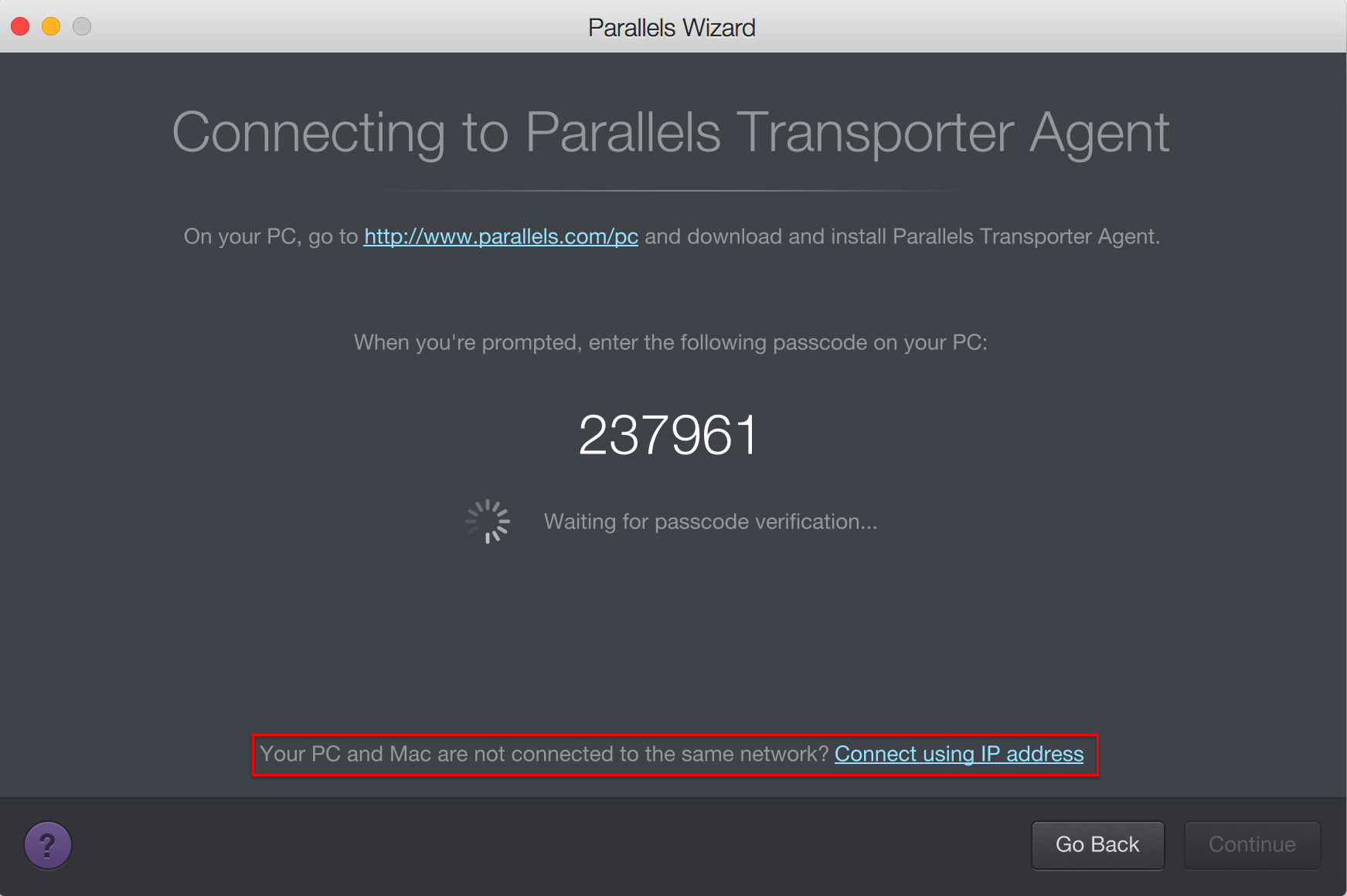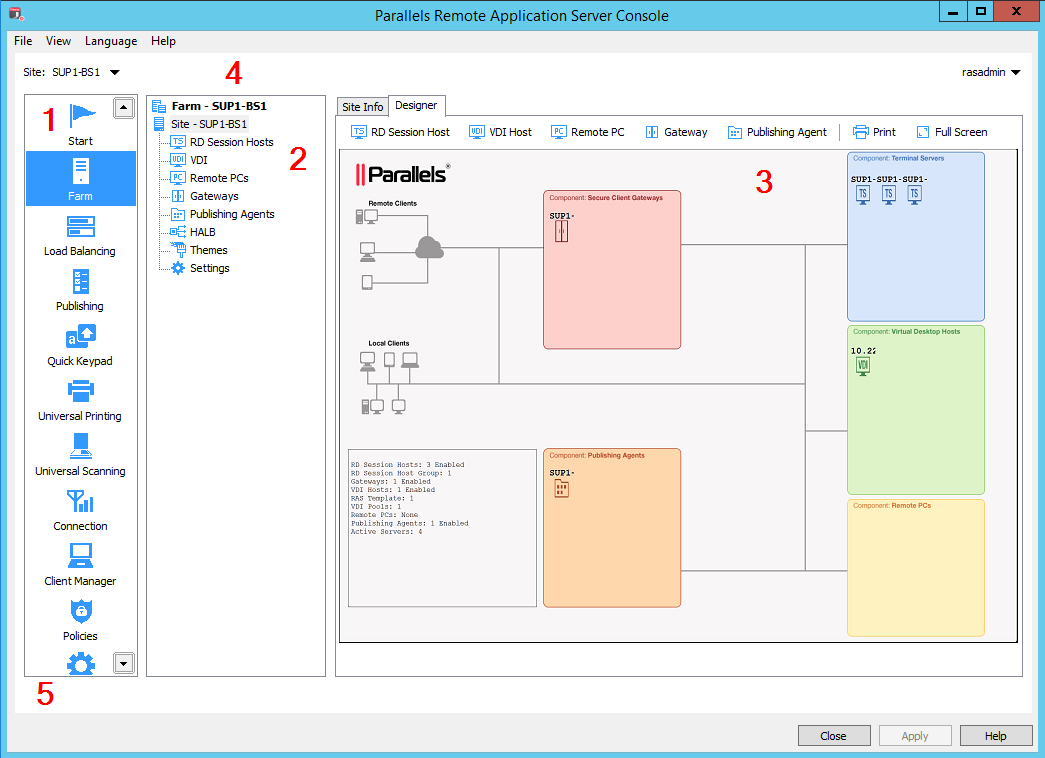

- #PARALLELS TRANSPORTER GUIDE MAC OS X#
- #PARALLELS TRANSPORTER GUIDE PC#
- #PARALLELS TRANSPORTER GUIDE MAC#
Is there an easier way to move files from a PC to Mac? Probably not.
#PARALLELS TRANSPORTER GUIDE MAC#
#PARALLELS TRANSPORTER GUIDE MAC OS X#
Moves your Windows PC web bookmarks to the default web browser in Mac OS X (Safari, or otherwise).Gathers and moves all your personal files, music, movies, photos, from a Windows PC and automatically transfers them to the appropriate locations in Mac OS X (My Documents -> Documents, My Photos -> Pictures, etc).Path.Key features of Parallels Transporter include: If there is a change in the direction of the arrow when it completes a single circuit of aĬlosed path, the angle between the final direction and the initial one is called the angular excess of the Parallel transport around a closed path on a curved surface, however, may not lead to suchĬoincidence. The plane, the directions of the arrow at the start and at the finish coincide. When an arrow is carried by parallel transport around a closed path in Parallel transport provides a way of making quantitative and explicit the intuitive difference betweenĪ curved surface and a flat one. When an arbitrary curved line is printed onto the sphere, the rotation of the arrows as viewedįrom above the surface may appear to be even more chaotic. However, parallel transport along a geodesic may seem anything but parallel.

From a perspective above the surface of the sphere, It can be carried out by maintaining a constant angle between the transportedĪrrows and the tangents along successive geodesics. Parallel transport can be described for a curved path made up of geodesic segments without That it forms on the surface is called a geodesic. When a straight line is printed onto the rolling sphere (or onto any other curved surface), the curve The latter arrows give a path in the bundle ofĭirections that starts with the initial arrow and lies above the given curve. If the sphere is rolled along the plane so that it prints the curve on the sphere onto the plane, the arrowsįrom the plane will also be printed onto the sphere.

Imagine there is an arrow at each point in the plane drawn in ink and parallel to the original arrow. Sphere on the plane so that the starting point is the point of tangency. Printed onto the sphere exemplify parallel transport along the printed curve on the sphere.Ĭurve on the sphere and an arrow representing a direction at the start of the ruve, one can place the Since the arrows in the plane are all parallel, the arrows "parallel transport" is based on this picture. Suppose there are arrows spaced frequently along the line, all pointing, say, to the lower left. Suppose there are straight lines and curved lines drawn on the flat surface in wet ink. Parallel transport on a sphere can best be understood by imagining the sphere to be rolling on a flat If you follow the path on the left-hand side, where the position of the stick corresponds to the yellow arrows, the final position of the stick is not the initial position, since a ball is curved and not flat. This happens no matter how good you are in keeping the stick straight.įor example, consider two different paths around a ball as shown in the image below. you end up where you started, the final position of the stick will not be the same as the initial position. The important thing is now that if you do this and walk a closed curve, i.e. What you are doing then is a parallel transport of the stick. You are then asked to walk a given path while keeping the stick straight all the time. To understand parallel transport imagine you're holding a long stick in your hand.


 0 kommentar(er)
0 kommentar(er)
